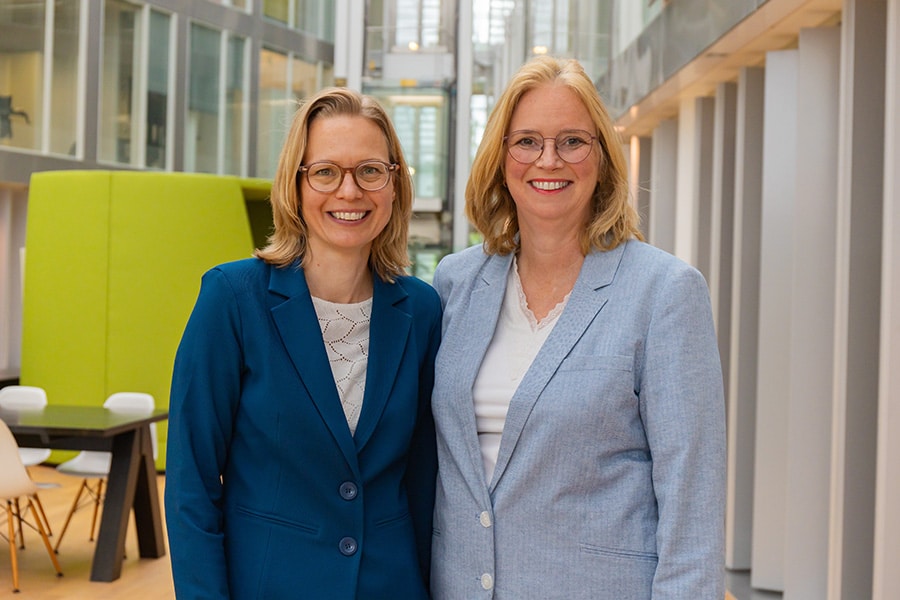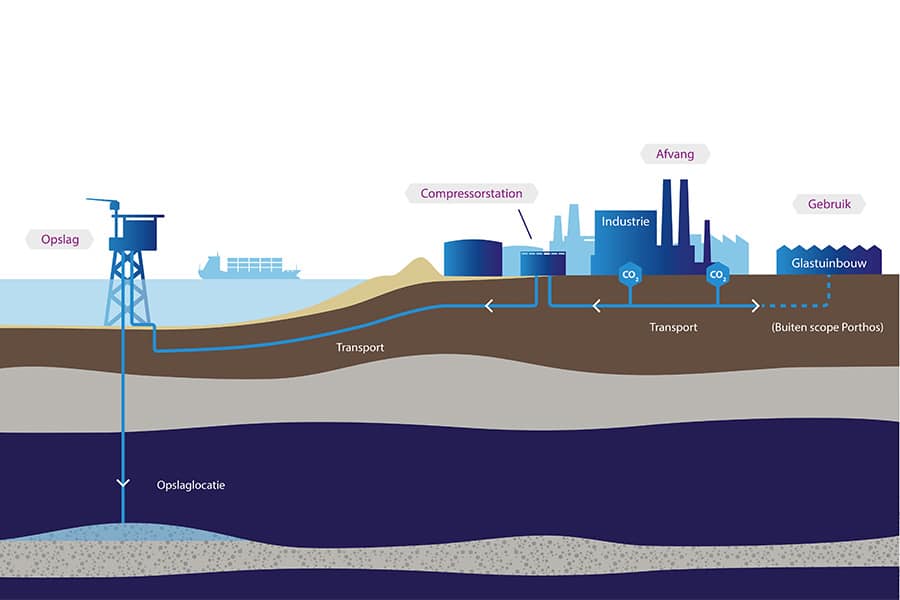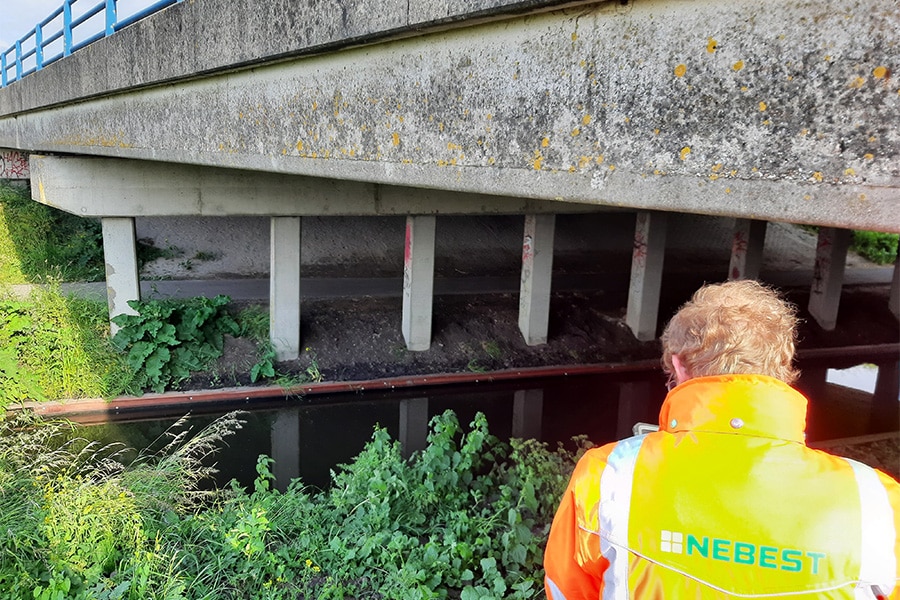
Strength of hot-dip galvanizing further strengthened collectively
Three years ago, Zinkinfo Benelux, the trade association of the hot-dip galvanizers, launched the Zeker Zink (Certain Zinc) communication campaign to initiate and streamline the dialogue between (end) client and galvanizer. The trade association now concludes that the campaign has borne fruit, but that it is necessary to further strengthen the power of the hot-dip galvanizing business collectively. All members must put the power of collective thinking into practice, including on the shop floor. What does collective thinking deliver and how does one deal with it in a market where there is fierce competition between them?
"Certainly Zink has taught us that we will all benefit if we collectively face a number of challenges, and that means, among other things, that members want to share more information with each other. That this new attitude can lead to great results is now being increasingly widely realized," says Bruno Dursin, director of Zinkinfo Benelux. "For collective thinking to really take hold and avoid getting stuck in ad hoc collaborations, you need a recruiting story. Certainly Zink has taught us what the power of hot-dip galvanizing is and at the same time what the challenges are. But also that it encourages us to look for common topics together and take up defined challenges."
Warranty conditions
In short, a collective approach will bear fruit with individual companies. Bruno Dursin asked members when he took office in 2010 why the industry as a whole did not have warranty terms. There was no real response to that at the time. "But when Certain Zinc ran, I said: if we don't start giving a warranty now, we'll never have to do it again. After all, that campaign's motto was 'your insurance policy against corrosion.' Then, in a fairly short time, industry-wide warranty terms were drawn up. All members now use the same terms ... No matter to whom a customer calls, he gets the same warranty everywhere. In doing so, you make the message of assurance more credible. Warranty cannot be a commercial weapon. Everyone offers the same guarantee and competing with each other in that area makes no sense. However, you can use it to distinguish yourself as an industry from other surface techniques."
Dangerous industry?
Furthermore, there is a collective commitment to workplace safety. In the hot-dip galvanizers, fortunately, accidents are rare, but when they happen, they are often serious. Bruno Dursin: "We must avoid the perception that you are a dangerous industry. That perception could arise if there is an accident here and there. We also need to address this collectively, and we have already taken a first step. All member galvanizing plants have made a risk inventory. In 2020 we will work collectively with these outcomes. The outcomes of the various risk inventories will be superimposed, as it were, and then the same priorities will be set for all members in the area of safety, so that we also manifest ourselves as an industry in this respect. This action, i.e. sharing that information, would not have been possible several years ago."
A similar action was carried out in the area of hazardous substances. A collective list of hazardous substances was drawn up by means of an inventory at all plants, and on that basis every galvanizing plant received the same list showing what must be done for each substance in order to comply with laws and regulations. A uniform approach was thus obtained.
Complaint Analysis
Another point on which members will share (anonymously) information concerns the analysis of incoming complaints. This is important to know very well across the sector what is going on in the market and which areas need to be improved. Through tests and inspections that the industry association performs at shipyards, Zinkinfo already has a fairly clear view of the most common complaints, but now this will be done even more accurately through the collected complaint analyses. "We are going to classify the complaints and with that we will have the points of attention for all galvanizers and for us as an industry organization. Continuous improvement is easier to achieve with this. The challenge is to keep thinking collectively while competing in a competitive market."
Security thought
Bruno Dursin: "These are all actions that require members to share information they have long preferred to keep to themselves. One often has to cross a threshold first, but that goes a lot easier with a good collective recruiting story from which members also benefit individually. That's why members also use our Sure Zinc handbook and work with the same checklist for proper and safe galvanizing."
For companies, this means that they must not only promote collective thinking to the outside world, but also introduce it on the shop floor. Dialogue must also be encouraged internally so that every employee understands the usefulness of collective thinking and acts accordingly. Dursin recognizes that putting the new thinking into practice requires sustained attention. "I am not going to claim that it is smooth sailing everywhere. There is still work to be done. We have to get it into the mindset of our members. We have to stick to our core message in the coming years and continue to promote it to the market through collective actions. This requires persistence and repetition. We must play the tricky inspector to our own members, but the involvement of the companies is also very important. Members must also hold each other accountable for what they had promised to do. What you say, you must also do: practice what you preach. I see that being picked up by the members now. Holding each other accountable used to be unthinkable."




